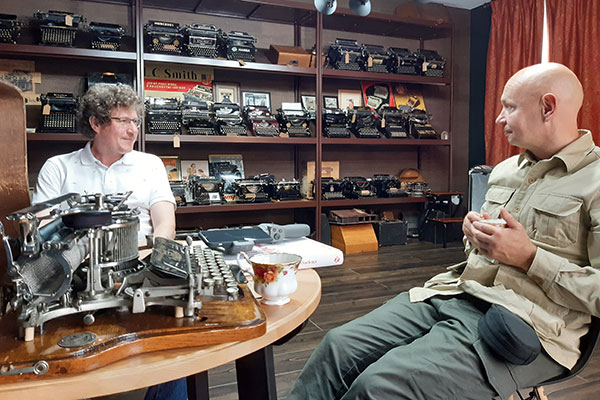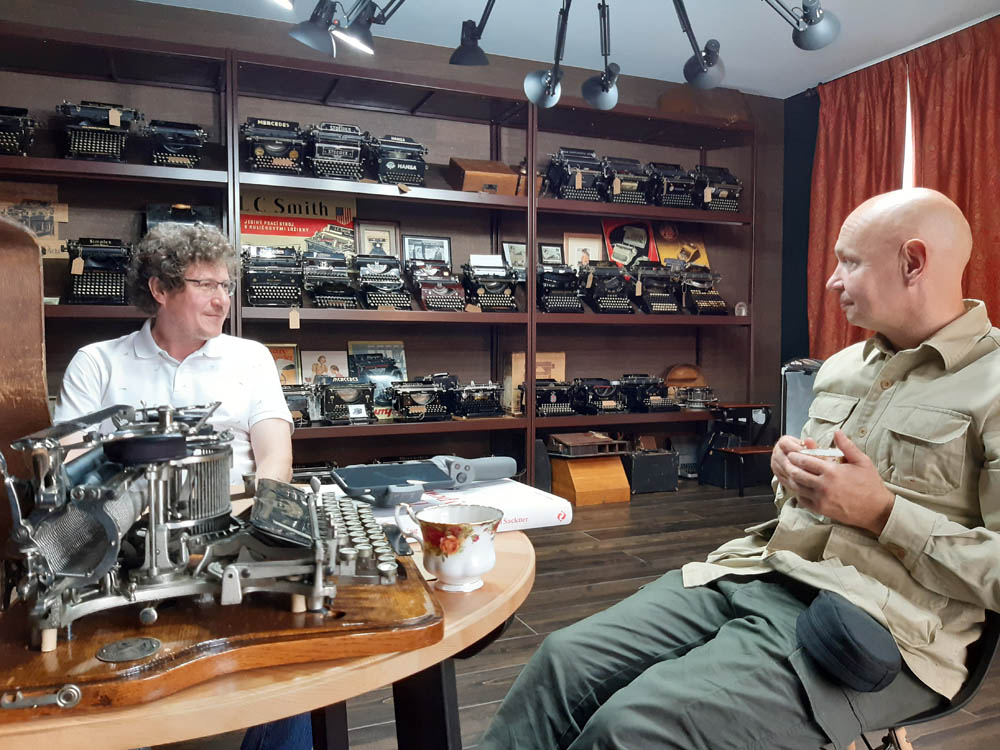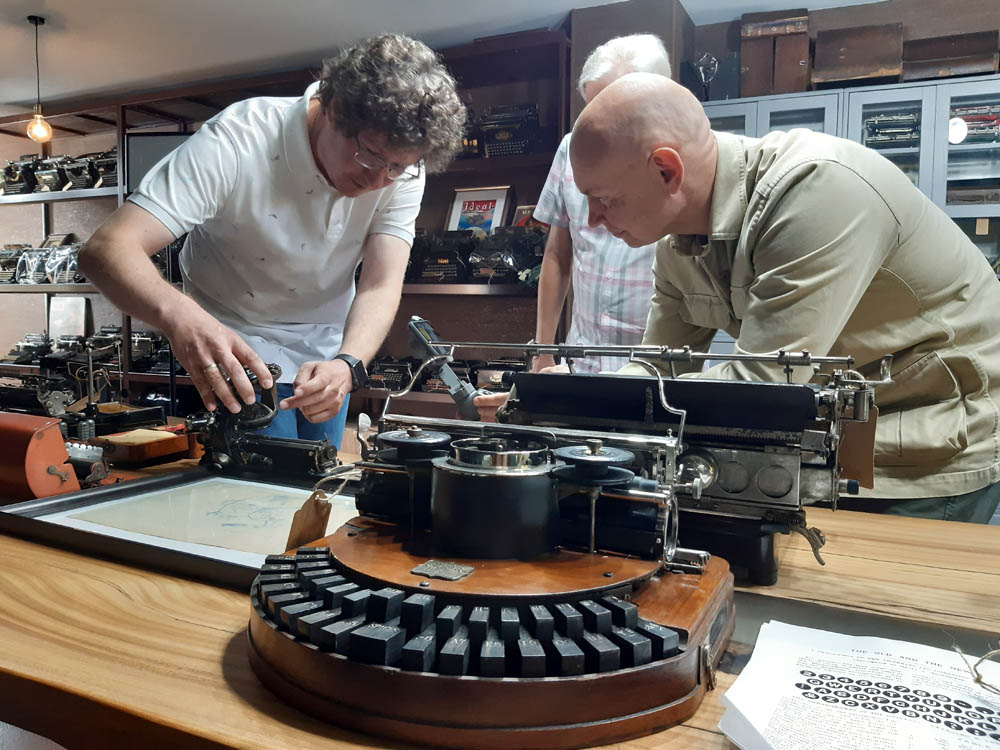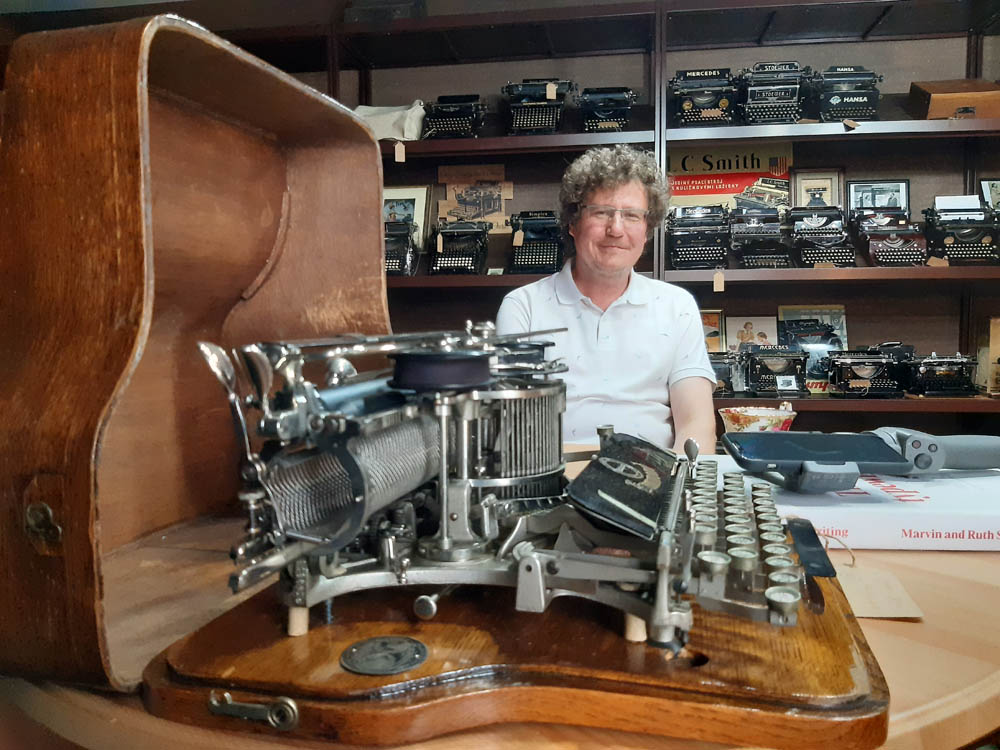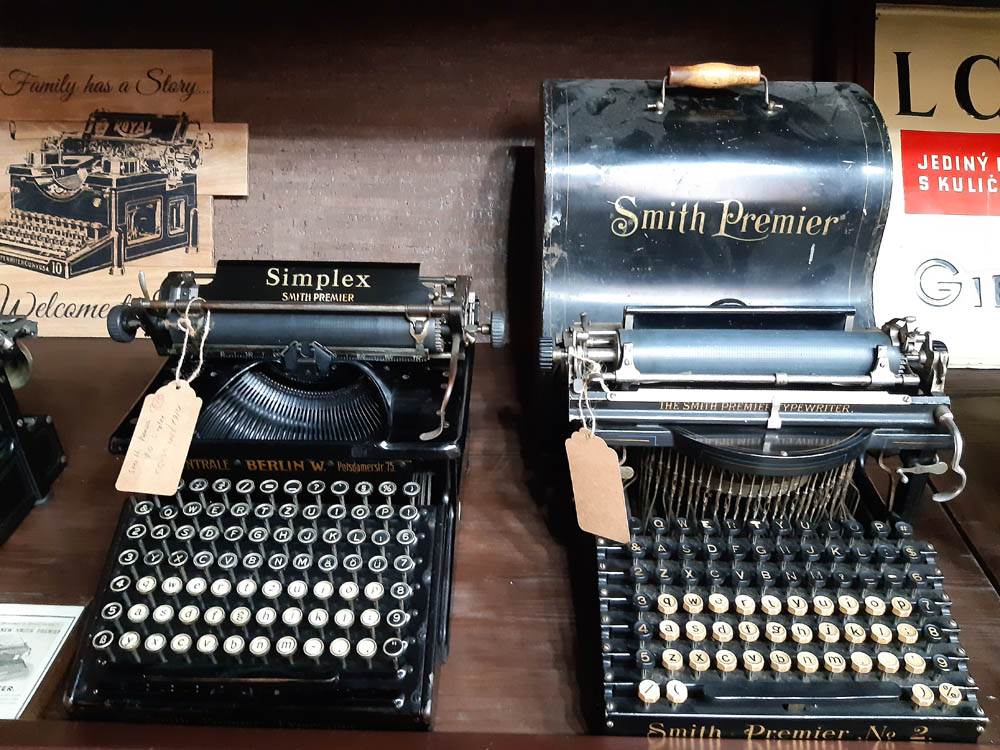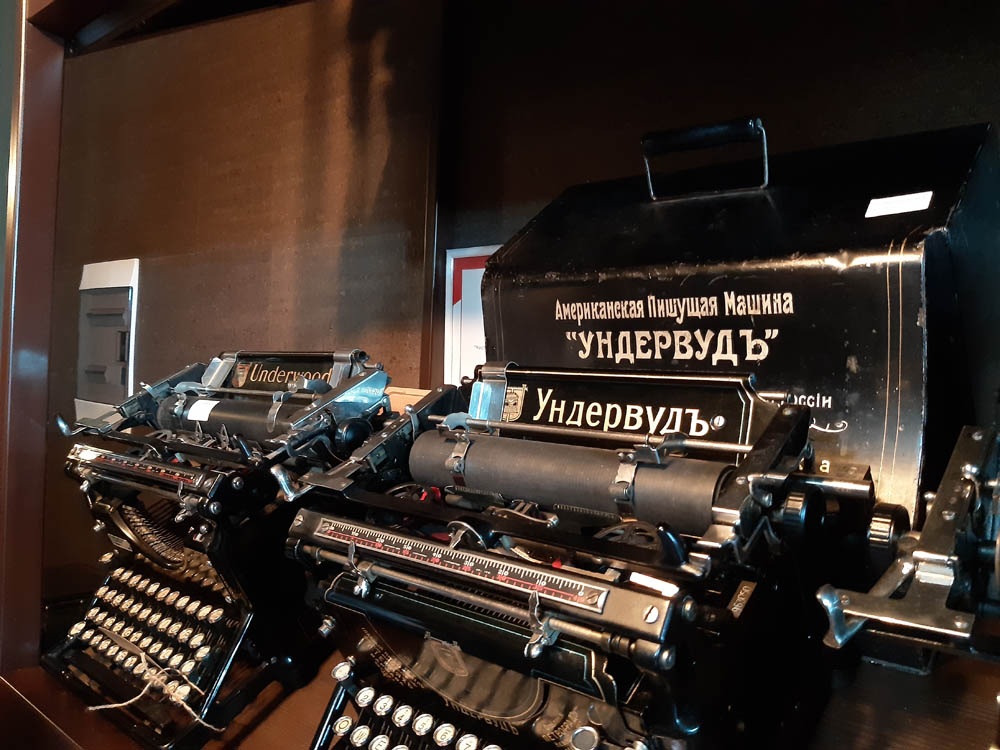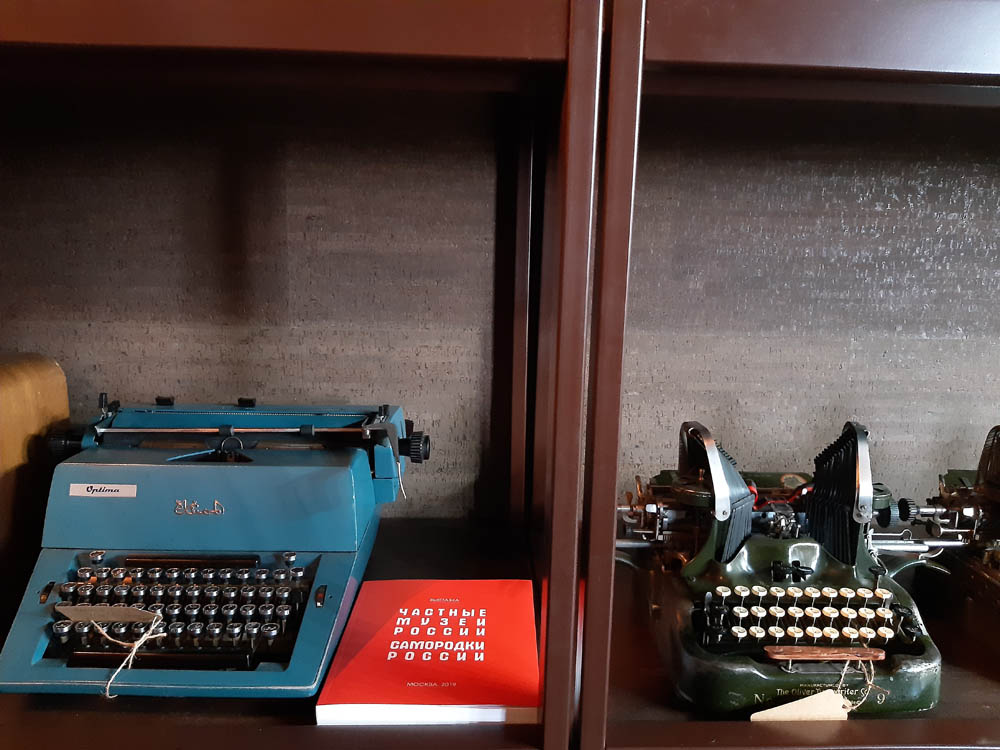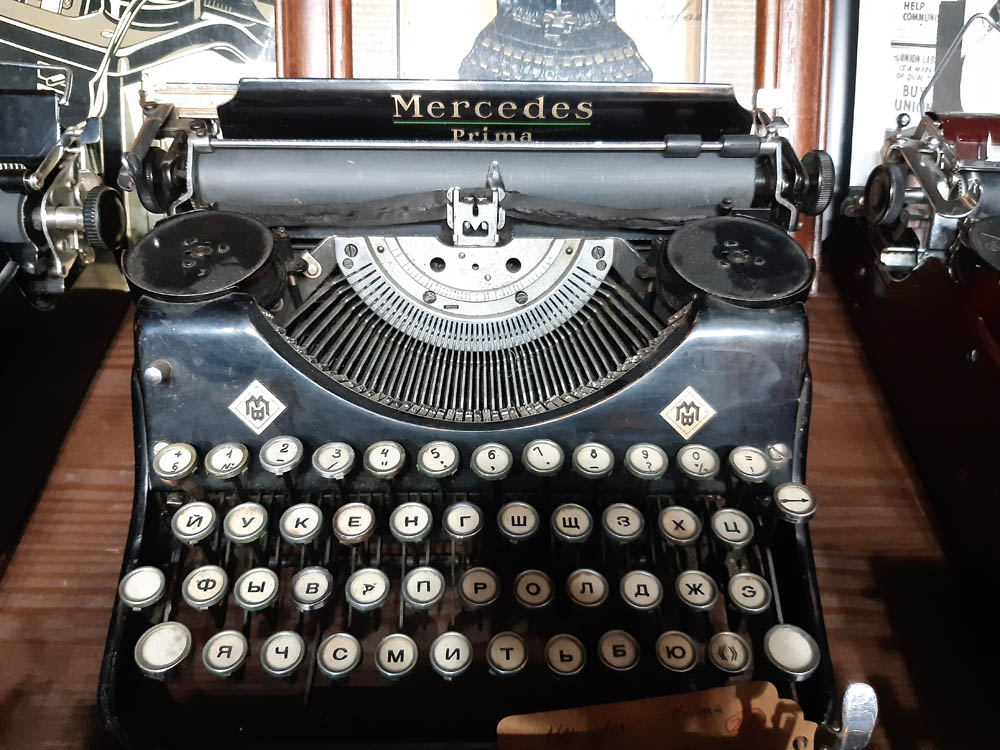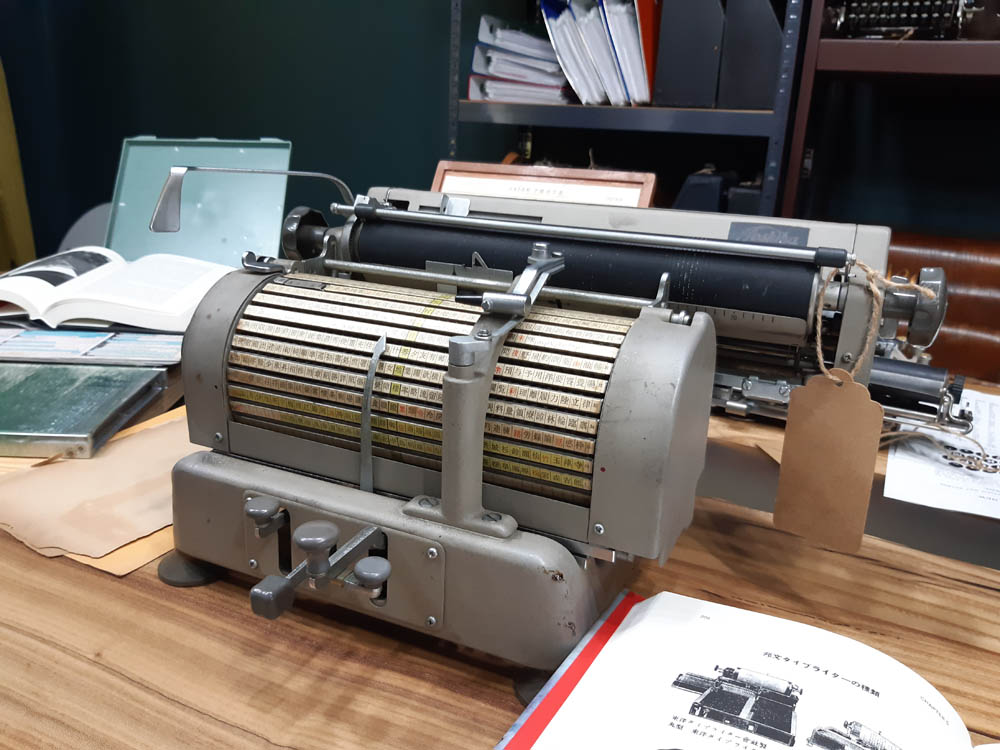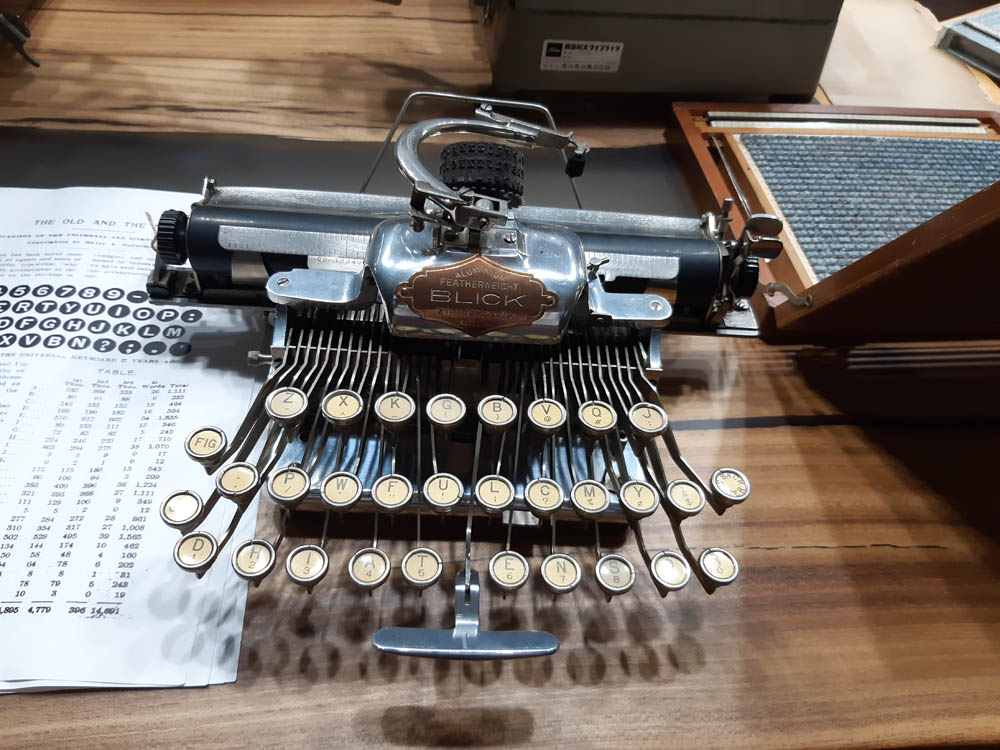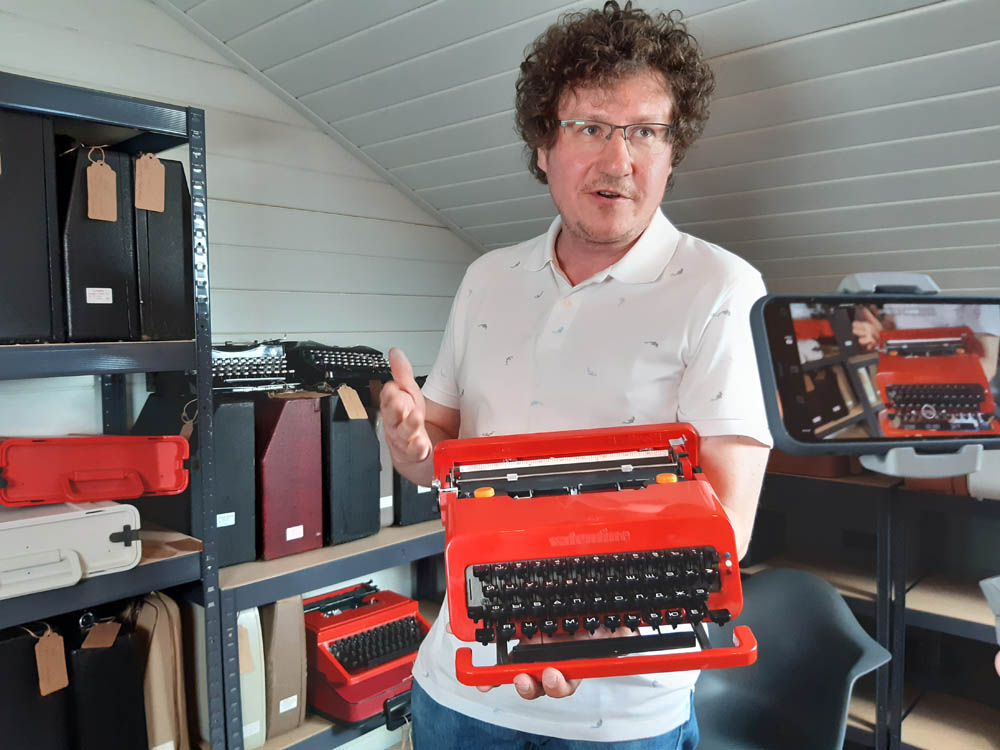The collection of the TypeWriter Museum, which was recently visited by a team of employees of the Association of Private Museums, has 900 typewriters. The founder of the museum, Maxim Suravegin, searches for them at auctions, flea markets and on the Internet, sometimes they offer him whole collections or just give them away for free.
“I really love typewriters with history,” says Maxim. “When you take them into your hands, you begin to think about what you could learn from them if they knew how to talk. Oftentimes, the stories associated with them are told by their previous owners. The marks on the case or on the body of the typewriter can tell a lot. But more often you have to go to the archives and the collector community. Almost every typewriter has a serial number and thanks to it, you can find information. “
The museum houses a Smith Premier 10 typewriter, before the revolution it was in the French embassy in St. Petersburg, and after the revolution – in the NKVD. Another typewriter Hammond, typing in two languages, “served” during the Great Patriotic War on the ship “President Taft” and “accompanied” cargoes from the USA to the USSR. There is another amazing typewriter in the museum’s collection – Adler, which, in addition to the German language, types … astrological symbols. It was released on special order in a single copy.
And not so long ago, Maxim got the idea to create a new typewriter himself. Two or three years ago, he became interested in Braille machines for the visually impaired and blind people. It turned out that such devices are at a very large shortage, while there is practically no alternative to them. Having contacted collectors from other countries, he realized that the problem exists not only in Russia. As a result, it was decided to develop and release a Braille typewriter. The advantage of the Braille typewriter is its low cost and the possibility of teaching a large number of people in bold-point Braille (today only 20-25% of blind people own it).
